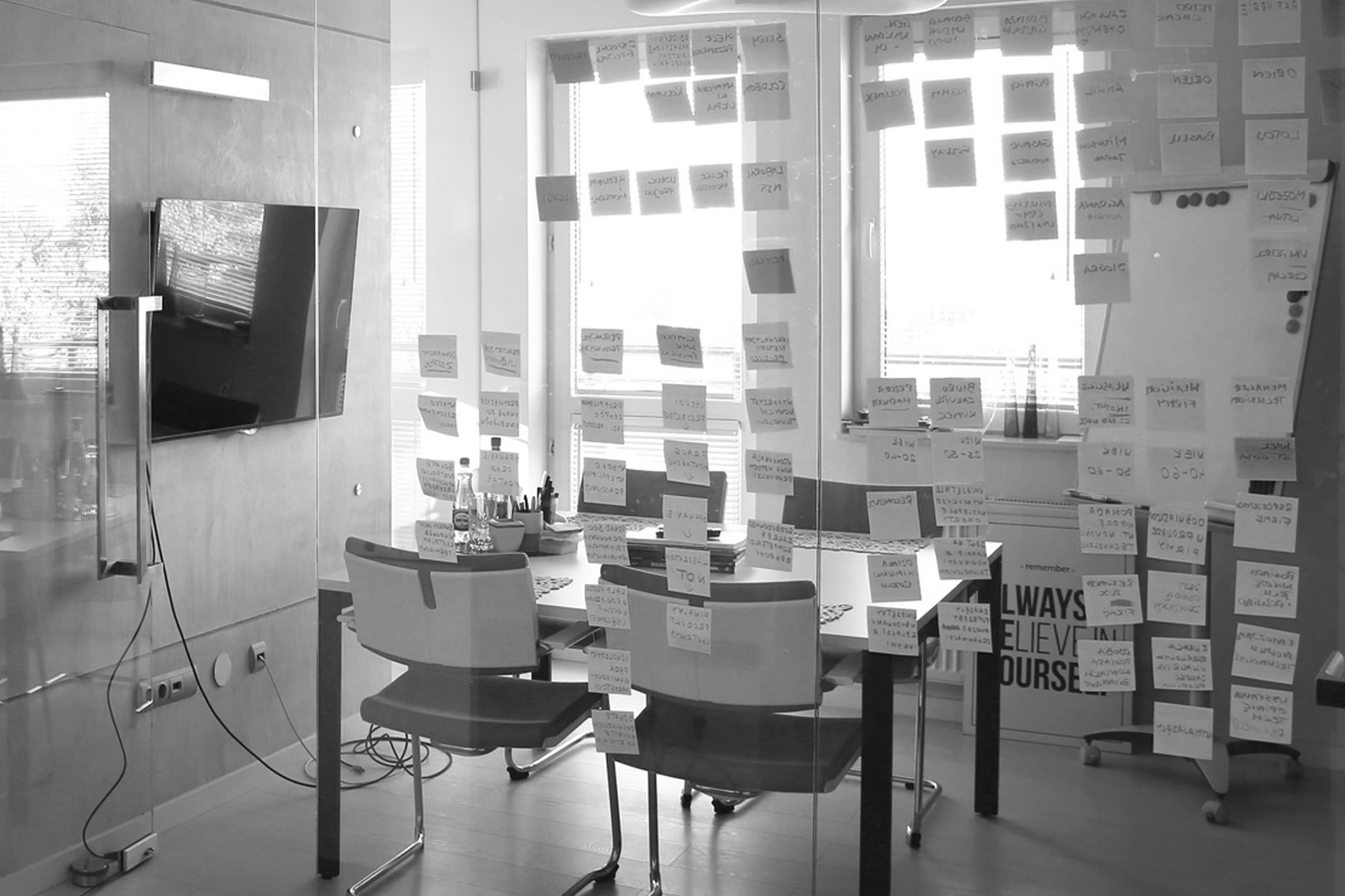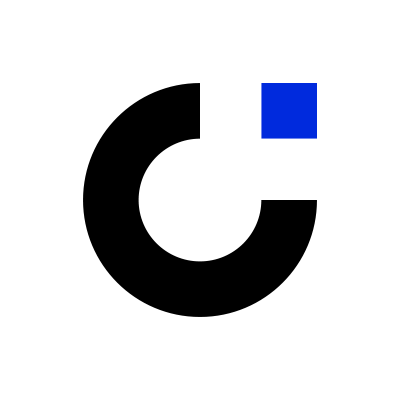User Experience Design
Delivering a digital innovation project all starts with understanding the user's movitations, and designing an experience that is loveable and memorable. We obsess over the fine details that separate game-changing digital products from the rest of the pack.

Prototyping
Practitioners of Rapid Prototyping
The word prototype often conjures images of a coded, fully functioning version of an application or interface. Rapid prototypes are not intended to evolve into fully functional solutions, but are meant to help users visualize and craft the user experience of the final product. With that in mind, when scoping a prototype, decide on a few key issues before beginning any prototyping work.
When developing initial flows — using paper prototypes and storyboards — we’re focused on getting a feel for the design in its totality, before drilling down into detail. It’s important to get a skeleton in place and not get lost in the details, which will follow down the line.
Each prototype interaction can be measured simply with feedback or more elaborately with quantitative metrics, further developing the most successful variant. It helps teams experiment with a variety of different ideas to solving the problem, it facilitates discussion through visuals instead of words, it ensures that everyone shares a common understanding, and it reduces risk and avoids missed requirements, leading to a better design faster.
Visual Design
Designing modern interfaces for web and mobile
At the start of a project, it’s easy to get carried away adding features aplenty and getting lost in ‘featuritis.’ The danger of this approach is that it’s easy to begin adding features and functionality that detract from your users’ core goals.
By using user stories to develop typical scenarios, you remain focused on your users’ core goals. This approach also enables you to establish expectations and develop benchmarks for typical user needs, which can be used to set clear deliverables and scope at the start of the project.
Using your user stories and scenarios as a driver for discussion it’s possible to begin to map pathways through your design at a high level. This process of user story mapping, illustrated earlier, helps us to define different user flows.
At this point in the process, paper is a powerful tool for rapid prototyping, before moving on to develop more refined storyboards. A low-cost, low-fidelity and fast approach, paper prototyping has many benefits.








